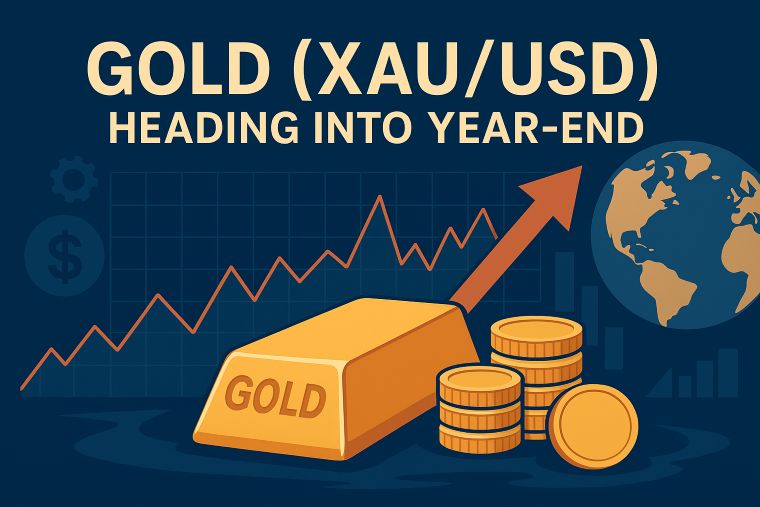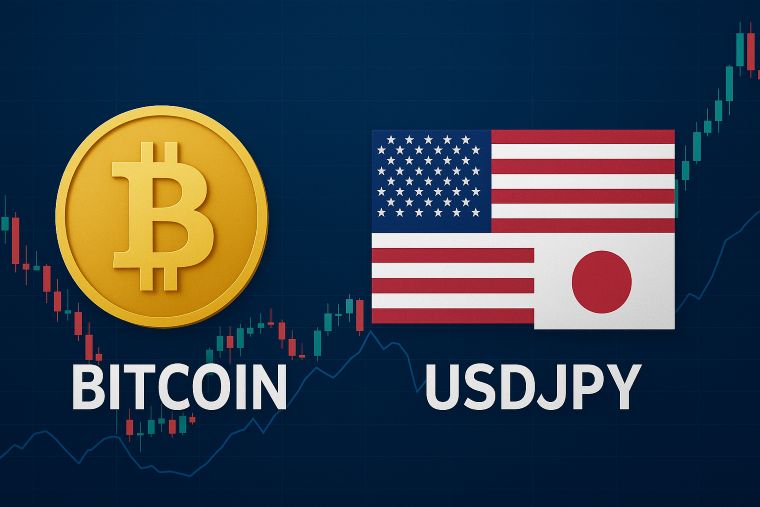3 min to read
The momentum behind the US dollar eased
resulting in a dip in the USD/JPY pair, which retreated to the lower 149 yen range.

“In today’s New York foreign exchange arena, we observed a moderating trend in US dollar momentum, leading to a dip in the USD/JPY pair, which retreated towards the lower 149 yen range”
Several factors have played their part, including the upswing in crude oil prices and the steady rise in US Treasury yields, which have provided essential support to the US dollar. This support has been instrumental in driving the USD/JPY pair closer to the coveted 150 yen threshold. However, it is noteworthy that concerns are mounting regarding the US dollar’s lofty valuation, with a growing sense of vigilance surrounding the potential for intervention as the 150 yen mark looms. These concerns seem to have momentarily subdued the otherwise upward trajectory, at least for today.
As we approach the end of the month and quarter, it becomes evident that positioning adjustments for the upcoming October market have, for the most part, reached completion. Against this backdrop, today’s prompt correction in the recent dollar surge may be indicative of these adjustments finding their footing.
Nevertheless, it’s imperative to underline that the fundamental landscape remains relatively stable. The consensus view continues to revolve around the Federal Reserve (FRB) executing further interest rate hikes by year-end, followed by an extended period of heightened interest rates. Consequently, the prevailing momentum in favor of the US dollar is anticipated to endure for the foreseeable future.
Turning our attention to the Euro, today witnessed a revival in buying interest. Although earlier this week witnessed fleeting moments when the EUR/USD pair briefly descended below the critical 1.05-dollar level, the market today displayed an evident resurgence in buying activity. This renewed vigor can be attributed to the recent developments stemming from the European Central Bank (ECB) meeting, where President Lagarde left a degree of room for interpretation. However, it should be acknowledged that market expectations surrounding additional rate hikes by the ECB have softened. Tomorrow, the Eurozone will release its preliminary Consumer Price Index (CPI) data for September. Anticipated consensus estimates point toward a deceleration in the year-on-year CPI to the 4% range, primarily due to base effects from the previous year. Should these expectations materialize, it is likely to bolster market convictions concerning the ECB’s monetary policy stance.
As a precursor to this event, today’s preliminary release of Germany’s HICP for September revealed a slowdown, transitioning from the previous 6% range to the 4% range. A similar outcome is anticipated for the Eurozone tomorrow. However, the degree of the Euro’s response to this data remains uncertain.
In the realm of the British pound, today marked a noteworthy resurgence. Earlier this week, the pound temporarily dipped into the lower 1.21-dollar range. However, today witnessed a rebound of approximately 100 points, driving it back towards the 1.22-dollar range. Despite the heightened uncertainty prevailing over the UK economy, the recent deceleration in inflation, coupled with the Bank of England’s decision to abstain from additional rate hikes during its most recent Monetary Policy Committee (MPC) meeting, appears to have revitalized buying interest.
Nonetheless, within the short-term financial landscape, market participants have priced in an approximate 90% probability of another rate hike by the MPC before February of the upcoming year. While the rate hike cycle is not believed to be concluding, it has indeed taken a step back from previous expectations. Consequently, there is a consensus that the British pound may continue to face downward pressure, contingent upon the influence exerted by the robust US dollar, potentially driving it toward the 1.20-dollar threshold.
Visit XM Official Website.

